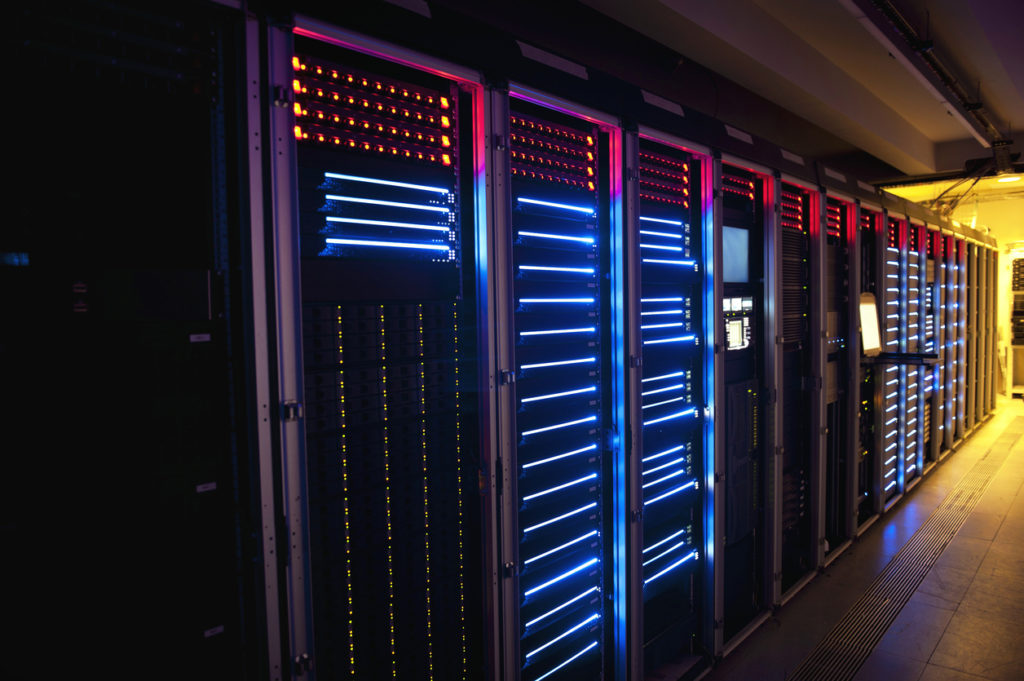System Performance Hardware In the ever-evolving world of technology, hardware serves as the backbone of our digital infrastructure, powering the devices and systems that drive our daily lives. From the powerful processors that fuel high-performance computers to the intricate circuitry of mobile devices, the quality and capabilities of hardware play a pivotal role in determining system performance. In this article, we will explore the significance of hardware in optimizing system performance and discuss the advancements that propel our digital experiences.
The Foundation of Computing: Understanding Hardware
At its core, hardware refers to the physical components that make up a computer or electronic device. It encompasses a wide range of components, including processors, memory modules, storage devices, graphics cards, and input/output devices. These components work together harmoniously to perform the tasks and operations that we rely on daily.
Hardware and System Performance: The Crucial Connection
The quality and capabilities of hardware have a profound impact on system performance. The components within a system interact with each other to determine how efficiently and effectively it can execute tasks. A well-designed and optimized hardware configuration can result in faster processing speeds, smoother multitasking, and enhanced overall user experience.
Conversely, outdated or underperforming hardware can lead to system bottlenecks, sluggishness, and reduced productivity. Therefore, investing in high-quality, cutting-edge hardware is essential for unlocking the full potential of your system and ensuring optimal performance.
Advancements in Hardware: Powering Technological Innovations
Technological advancements continue to push the boundaries of hardware capabilities, enabling us to accomplish tasks that were once deemed impossible. Let’s explore some key advancements that have revolutionized the world of hardware:
1. Processors: The Brains of the System
The central processing unit (CPU), often referred to as the “brain” of the computer, is a critical hardware component that dictates system performance. Over the years, processors have undergone significant advancements in terms of speed, power efficiency, and multitasking capabilities.
The introduction of multi-core processors has allowed for parallel processing, enabling systems to handle multiple tasks simultaneously. Additionally, advancements in architecture and manufacturing processes have led to increased clock speeds and improved instruction execution, further enhancing system performance.
2. Memory: Empowering Data Access and Manipulation
Random-access memory (RAM) plays a vital role in a system’s ability to access and manipulate data quickly. Advancements in memory technology have resulted in higher capacities, faster speeds, and improved efficiency.
The development of technologies like DDR4 and DDR5 has allowed for increased memory bandwidth, enabling systems to handle larger data sets and process information more rapidly. In turn, this enhances multitasking capabilities, facilitates seamless data transfer, and contributes to overall system responsiveness.
3. Storage: High-Speed, High-Capacity Solutions
The evolution of storage devices has been marked by significant leaps in both speed and capacity. Traditional hard disk drives (HDDs) have been gradually supplemented and, in some cases, replaced by solid-state drives (SSDs).
SSDs offer faster data access times, reduced latency, and improved durability compared to HDDs. The introduction of NVMe (Non-Volatile Memory Express) technology has further revolutionized storage, providing even higher speeds and lower latency for data-intensive tasks.
4. Graphics Processing: Immersive Visual Experiences
For tasks involving graphics-intensive applications such as gaming, design, and video editing, a dedicated graphics processing unit (GPU) is paramount. GPUs have evolved to provide higher rendering speeds, increased parallel processing capabilities, and improved support for complex graphical computations.
Advancements in GPU technology, such as the introduction of ray tracing and tensor cores, have ushered in a new era of visually stunning and immersive experiences. These advancements contribute to realistic lighting effects, lifelike simulations, and accelerated machine learning processes.
5. Input/Output Devices: Seamless Interaction with Systems
While often overlooked, input/output (I/O) devices play a critical role in enhancing user interaction with systems. Advancements in input devices, such as high-precision gaming mice and ergonomic keyboards, improve accuracy and comfort during extended use.
Additionally, innovations in display technologies, such as high-resolution monitors and OLED panels, offer vibrant visuals and sharper image quality. Furthermore, connectivity options, including USB 3.1 and Thunderbolt, enable faster data transfer rates and facilitate the connection of multiple peripherals.
Optimizing System Performance: Considerations for Hardware Upgrades
To harness the full potential of hardware and maximize system performance, consider the following factors when upgrading your components:
1. Compatibility: Ensure that the new hardware components are compatible with your existing system. Consider factors such as form factor, socket type, and power requirements to avoid compatibility issues.
2. System Requirements: Understand the specific requirements of the software applications or tasks you frequently engage in. This knowledge will help you identify which hardware components are crucial for optimal performance in those areas.
3. Budget and Cost-Effectiveness: Assess your budget and prioritize hardware upgrades based on the components that will provide the most significant performance gains for your specific needs. Conduct research to find the best balance between cost and performance.
4. Future-Proofing: Anticipate future advancements and consider investing in hardware that can support upcoming technologies. This approach ensures that your system remains relevant and capable of handling emerging software demands.
5. Cooling and Power Requirements: Upgrading hardware components may result in increased power consumption and heat generation. Evaluate your system’s cooling capabilities and power supply to accommodate the upgraded components effectively.
Conclusion
In the realm of technology, hardware acts as the driving force behind our digital experiences. The quality, capabilities, and advancements of hardware components directly impact system performance and user satisfaction. By investing in cutting-edge hardware and understanding the role each component plays in system optimization, you can unlock the full potential of your system, empower technological innovation, and elevate your digital experiences to new heights.

